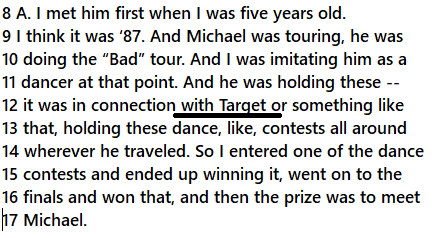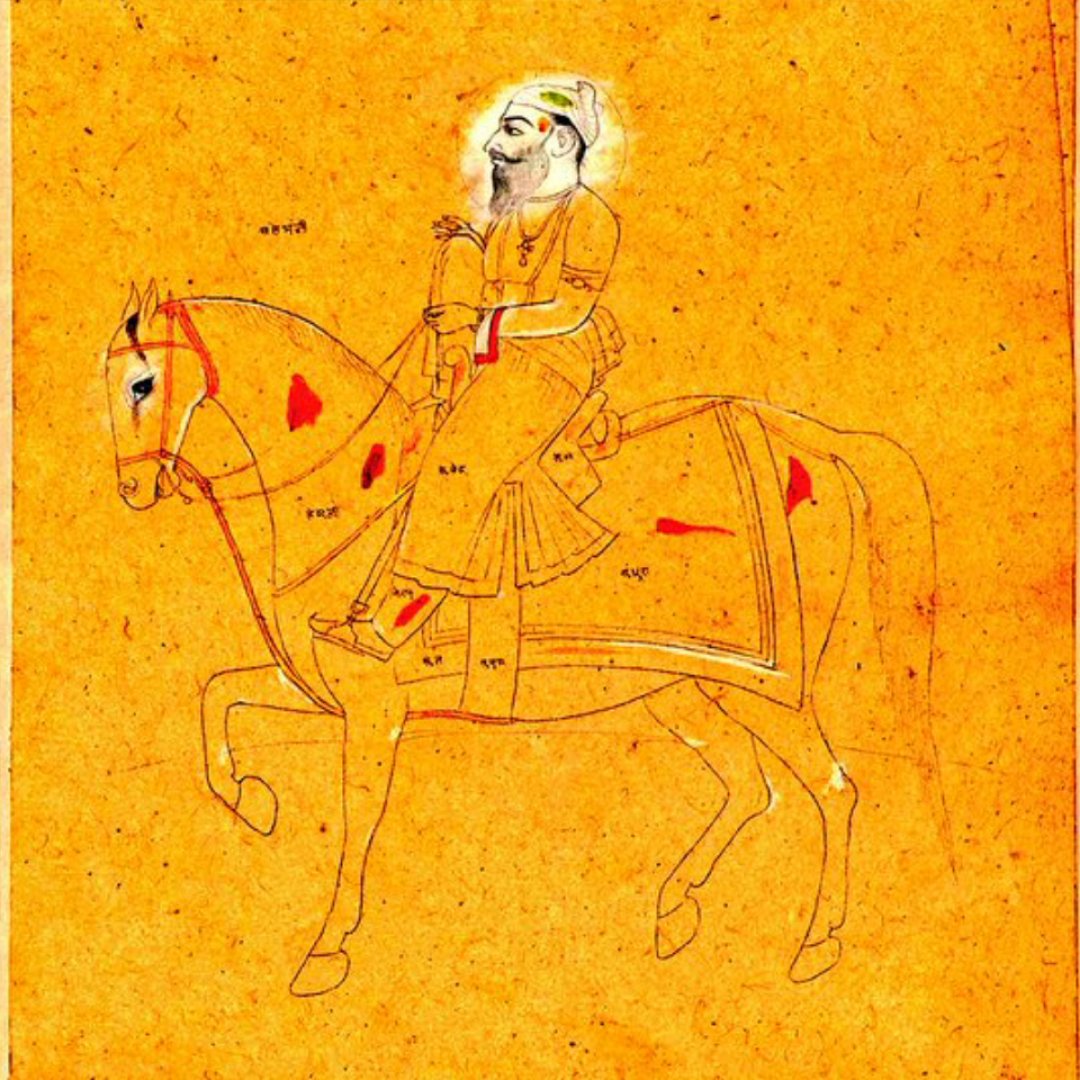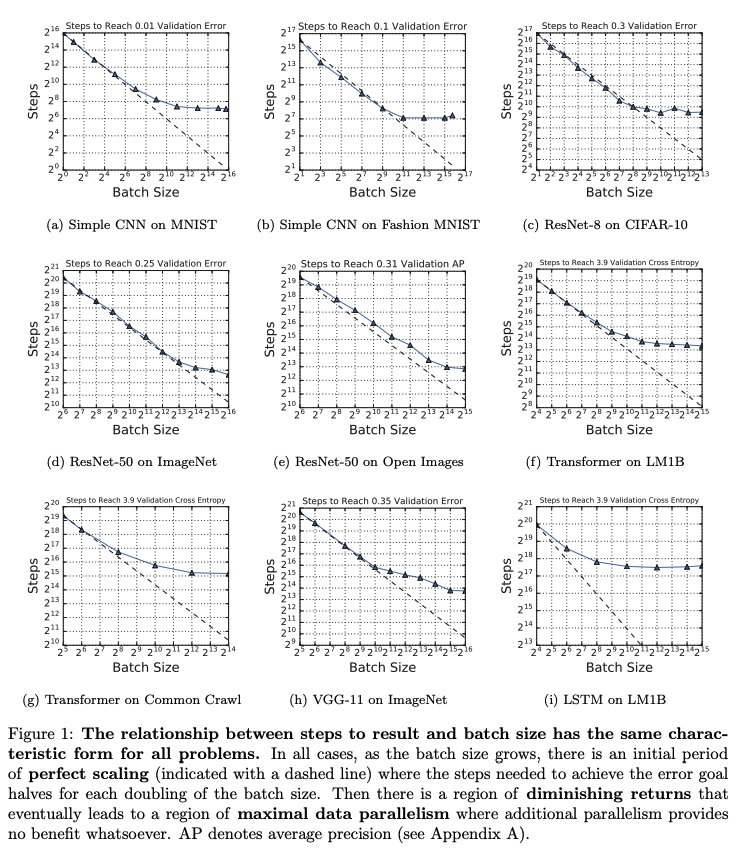Hungover & bored, might do a thread of my favourite little known stories about The KLF/The Justified Ancients of Mu Mu
Since The KLF are in the news, a reminder that my film about their return from a 23-year silence in order to build a pyramid of the dead in Liverpool has just been released streaming:https://t.co/o1TC5GeEtI
— Paul Duane (@paulduanefilm) January 1, 2021
He said "I had to meet these guys because I couldn't believe how shit they were."
Tony Thorpe became a key part of their arsenal, crafting the machine-tooled Stadium House that made them the best-selling singles band of 1992.
The record was a massive hit anyway.
6.237 cans were needed to make the perfect cube.
https://t.co/0upvLpKyUN
One of The Residents had his long hair visibly poking out from under his eyeball mask.
They went to Heaven nightclub together to check it out.
They decided they should try out this ecstasy the kids were doing too.
As Bill tells it, he sat there waiting to be overwhelmed by the feeling of community & happiness promised by this new designer drug.
He was nervously rubbing his hands & gurning a little by now.
Jimmy reckoned that this was a phrase they could work with, and they did.
Bill was staggered that Van would have any idea who he was but went over to say thank you.
"You're the fella that got out of the music business' said Van.
Bill agreed that, yes, he was that fella.
"HOW DID YOU DO IT" asked Van.
The KLF were asked to do it & they grabbed as many blank cassettes as they could.

https://t.co/50EaaUcXMX
I don't know what that says about Bill's favourite group The Beatles, though.
Bill wanted to claim the music biz.
This was the final epitaph for The KLF.
They could not beat the music business.
It will co-opt whatever you throw at it.
Disappearing was the only option left.
The money they made from their freak novelty #1 hit Doctorin The Tardis got spent on making a quixotic road movie in Spain, THE WHITE ROOM.
But they had already recorded the soundtrack for it.
This music ended up being the basis for their run of huge hits.
More from For later read
You May Also Like
A brief analysis and comparison of the CSS for Twitter's PWA vs Twitter's legacy desktop website. The difference is dramatic and I'll touch on some reasons why.
Legacy site *downloads* ~630 KB CSS per theme and writing direction.
6,769 rules
9,252 selectors
16.7k declarations
3,370 unique declarations
44 media queries
36 unique colors
50 unique background colors
46 unique font sizes
39 unique z-indices
https://t.co/qyl4Bt1i5x

PWA *incrementally generates* ~30 KB CSS that handles all themes and writing directions.
735 rules
740 selectors
757 declarations
730 unique declarations
0 media queries
11 unique colors
32 unique background colors
15 unique font sizes
7 unique z-indices
https://t.co/w7oNG5KUkJ

The legacy site's CSS is what happens when hundreds of people directly write CSS over many years. Specificity wars, redundancy, a house of cards that can't be fixed. The result is extremely inefficient and error-prone styling that punishes users and developers.
The PWA's CSS is generated on-demand by a JS framework that manages styles and outputs "atomic CSS". The framework can enforce strict constraints and perform optimisations, which is why the CSS is so much smaller and safer. Style conflicts and unbounded CSS growth are avoided.
Legacy site *downloads* ~630 KB CSS per theme and writing direction.
6,769 rules
9,252 selectors
16.7k declarations
3,370 unique declarations
44 media queries
36 unique colors
50 unique background colors
46 unique font sizes
39 unique z-indices
https://t.co/qyl4Bt1i5x

PWA *incrementally generates* ~30 KB CSS that handles all themes and writing directions.
735 rules
740 selectors
757 declarations
730 unique declarations
0 media queries
11 unique colors
32 unique background colors
15 unique font sizes
7 unique z-indices
https://t.co/w7oNG5KUkJ

The legacy site's CSS is what happens when hundreds of people directly write CSS over many years. Specificity wars, redundancy, a house of cards that can't be fixed. The result is extremely inefficient and error-prone styling that punishes users and developers.
The PWA's CSS is generated on-demand by a JS framework that manages styles and outputs "atomic CSS". The framework can enforce strict constraints and perform optimisations, which is why the CSS is so much smaller and safer. Style conflicts and unbounded CSS growth are avoided.



























